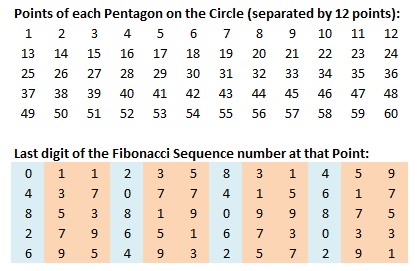1 2 3 4 5 8 Pattern

1 2 2 4 2 8 2 16 2 2 2 pattern.
1 2 3 4 5 8 pattern. 4 5 9. We can often describe number patterns in more than one way. To illustrate this consider the following sequence of numbers 1 3 5 7 9. Clearly the first term of this number pattern is 1.
Every 3rd number is a multiple of 2 2 8 34 144 610 look at the number x 4 3. Multiply the previous number by 2 to get the next one the dots at the end simply mean that the sequence can go on forever. A more illustrative example could involve a pie with 8 slices. If a person were to eat 3 slices the remaining fraction of the pie would therefore be.
Common bolt patterns have 4 5 6 or 8 lug holes while less common have 3 7 or 10 lug bolt patterns. 1 of those 8 slices would constitute the numerator of a fraction while the total of 8 slices that comprises the whole pie would be the denominator. Record the number and look for a pattern. The second layer adds 3 basketballs and the next adds 5 basketballs.
Look at the number x 3 2. Every 4th number is a multiple of 3 3 21 144 look at the number x 5 5. Once a pattern is found students might not need to use manipulatives. And the terms after the first term are obtained by adding 2 to the previous term.
Interchangeable wheel bolt pattern chart for cars trucks vans suvs motorhomes rvs atvs utvs and trailers. Continue until six layers are recorded. 1 3 4. Each time you add a new layer the number of basketballs needed to create that layer increases by 2.
Every 5th number is a multiple of 5 5 55 610 and so on every nth number is a multiple of x n. X 1 x 2 x 3 x 4 x 5 x 6 x 7. The numerator is 3 and the denominator is 8.
















